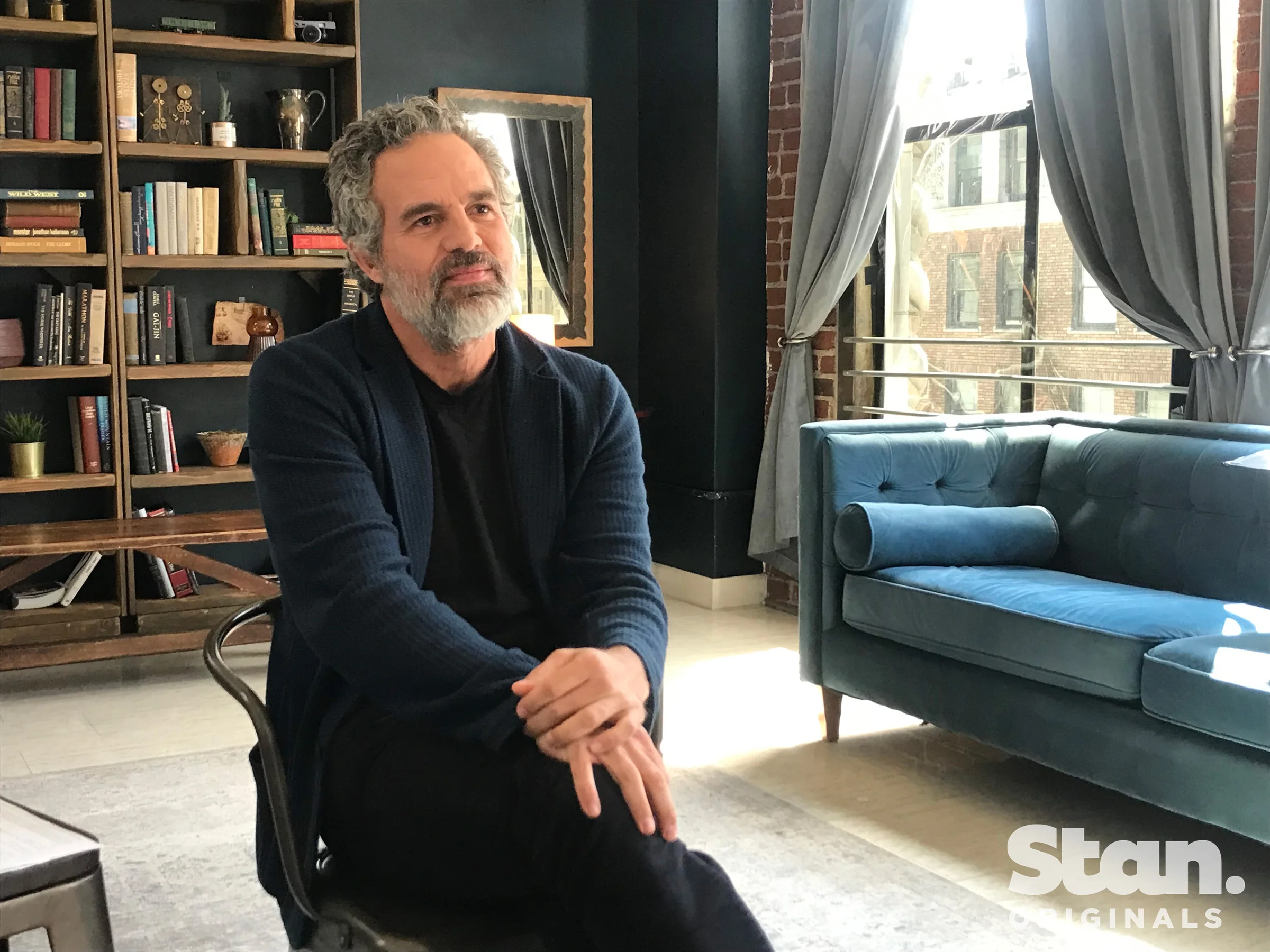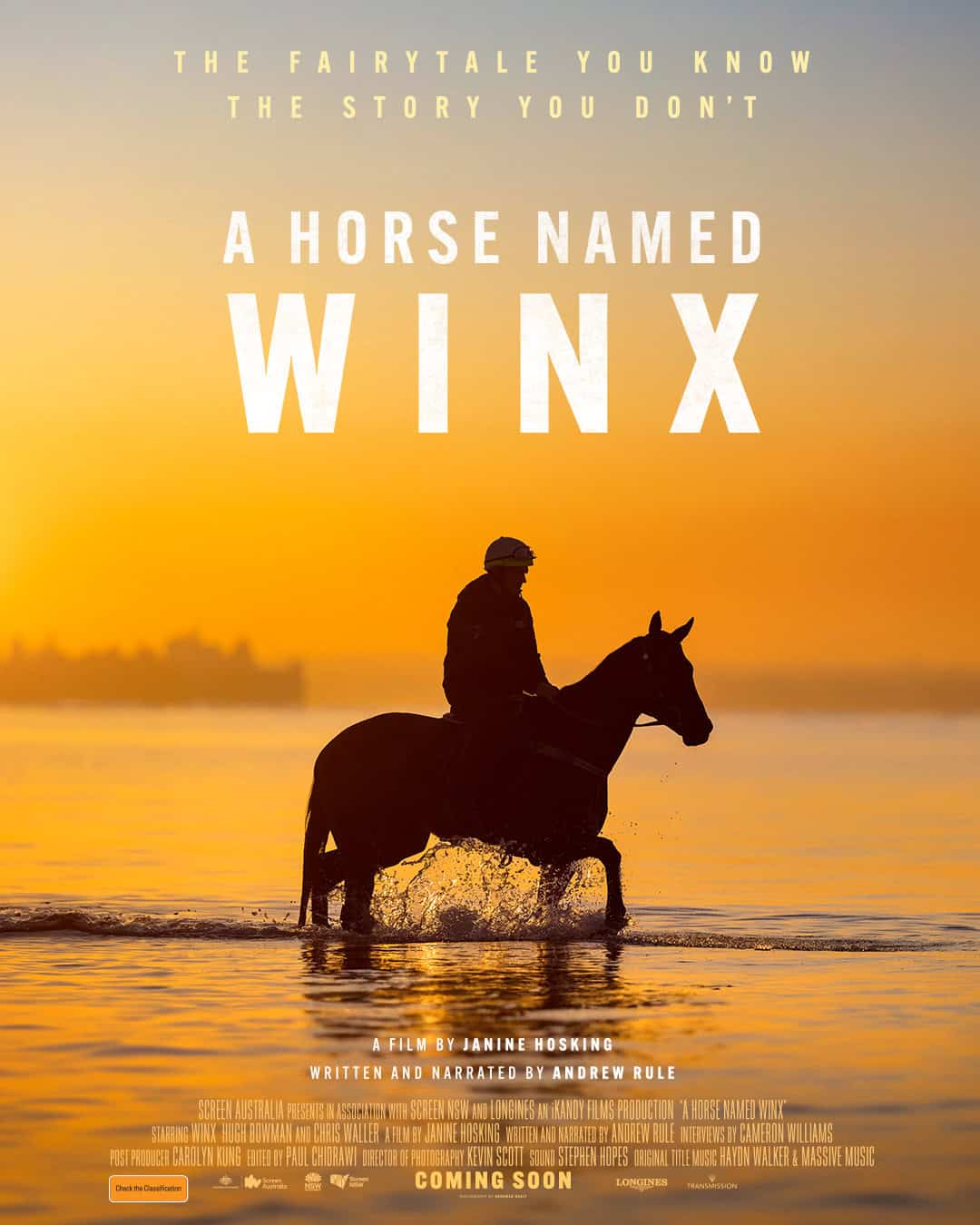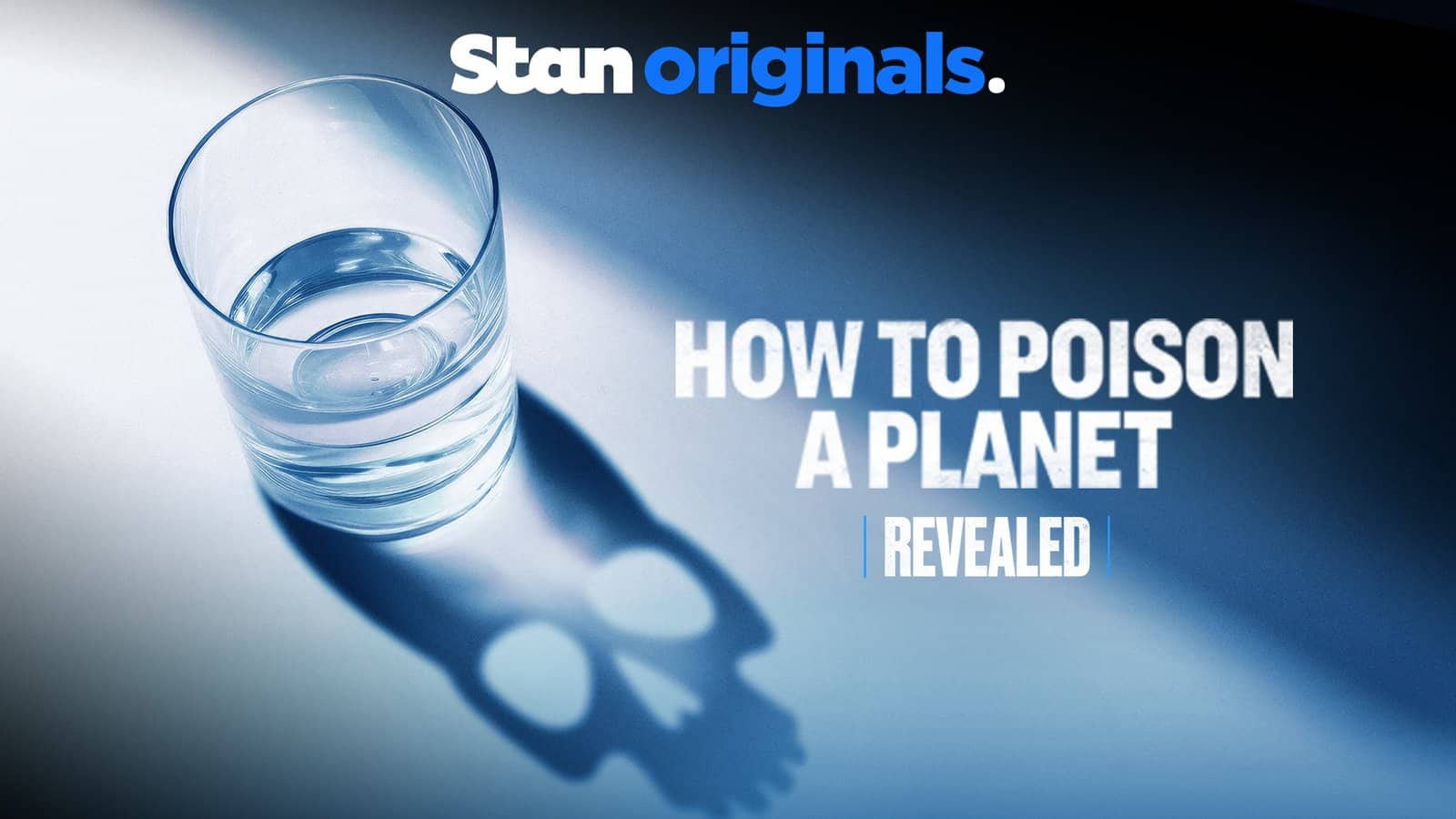The Stan original documentary How to Poison A Planet investigates the use of a product as seemingly harmless as firefighting foam. It begins with the impact at a small NSW coastal community. As the story unfolds, the film explores a wider international scandal around toxic PFAS chemicals.
The promo tells how this is a scandal that has worldwide ramifications for everybody. Watching the documentary, you start to realise that is no marketing hype.
Stan commissioned the production from Janine Hosking’s iKandy Films. In a streaming world where premium drama is king, docos like How to Poison a Planet deserve an audience. If you only have room for the occasional documentary in your life, make this the next one.
iKandy’s Hosking told Mediaweek this project was originally developed as a smaller look at a deadly chemical causing havoc for the Wreck Bay community south of Sydney. “It just grew from there and became an epic story.”

Janine Hosking
Key to the whole project was How to Poison a Planet director Katrina McGowan. She was mentored by Screen Australia and iKandy Films. “She had worked for me on a number of projects and her wish was to become a director,” said Hosking. “During that two-year mentoring period she came to me with the story of Wreck Bay. She went and immersed herself in the community, building trust. We had some development money from Screen Australia and Screen NSW. Then started some filming with people we thought should be in it.
“We wanted to make the issue bigger because we didn’t want it to disappear. To go from development to full production funding you need to have something pretty special.
“One of our researchers suggested reaching out to Carrie Fellner who was doing a lot of work on PFAS [chemicals] at The Sydney Morning Herald.
“We pitched the idea to Stan and they were very interested. The concept of involving actor Mark Ruffalo and the US legal challenges to chemical contamination was on our wish list. When Stan said yes, we realised we had to follow through on that wish list.
“The missing piece of the [funding] jigsaw puzzle was the Shark Island Foundation and they help fund documentaries.” The private philanthropic group has worked with an impressive list of Australian documentary filmmakers.

Mark Ruffalo in How to Poison a Planet
Mark Ruffalo and How to Poison a Planet
In the movie Dark Waters, Mark Ruffalo played Rob Bilott, one of the environmental lawyers involved in the PFAS legal action in the US. Hosking said Ruffalo was aware of the PFAS problems and he followed the US cases.
The filmmakers asked the US PFAS activists if it would be possible to reach out to Mark Ruffalo. “He said yes, and we were given two weeks’ notice to get Katrina on a plane to LA to film where Mark was staying. We just had one day with Mark and Rob Bilott. But they were wonderful to give us that time to film them which you see in the documentary.”
Sydney Morning Herald partnership
The partnership with The Sydney Morning Herald involves journalist Carried Fellner in the telling of the story. In one scene in the documentary, she is seen updating SMH editor Bevan Shields and investigations editor Michael Evans.
Hosking: “Carrie and Katrina were awarded a Walkley for their research on Carrie’s Poison Paradise feature in the newspaper. That happened before the release of the documentary.” Mathew Cornwell and Rhett Wyman were also part of the Walkley-winning team.
“They are now calling for a Royal Commission into this issue.”
The newsbrand’s support of the documentary has seen the trailer getting a run on the SMH website. “Their commitment has given the film a profile that not many Australian documentaries get.” See below for details about an SMH reader event just held in Sydney.
One interesting part of the documentary is when McGowan has Justice Michael Lee deliver a verdict in the appeal for the Wreck Bay compensation case. “We had him before he was famous,” said Hosking about the judge who sat on the recent Bruce Lehrmann defamation case against Network Ten and Lisa Wilkinson.
One of the key segments of the How to Poison a Planet shows a settlement made with the 3M company and communities in the US seeking redress for PFAS damage. That case ended some time ago. Hosking noted the final settlement only happened about a month ago. “There were a number of parties involved in what was a complex case. It took them a while to sign off on the settlement. We had agreed we would not screen the film until all the issues were ironed out post-settlement.”
Streamers and documentaries
With Stan commissioning Poison, Hosking commented on how the growth of streaming had impacted documentary filmmaking.
“It depends on who you talk to. Some producers are having a wonderful experience [with streaming platforms]. But not many of them. There have been some great documentaries commissioned by Stan and Amazon Prime. Netflix makes quite a few acquisitions in the documentary space.
“It’s a very tough, competitive environment. Stan has done a lot. They have been prolific commissioners. They gave us a big opportunity and we would love to do more with them. Stan’s head of originals Amanda Duthie is a great champion of documentaries.”
There is a chance for back-catalogue sales to various streamers. While happy that could happen, Hosking noted, “It isn’t particularly lucrative. It also doesn’t help get films made as so much relies on the pre-sale money.”
With a focus until now on the Australian release, Hosking will next look to international sales. “It feels to me like it should get a home in the US,” she said. “We have had some initial interest.”
See also: Aussie content blitz – Showcase event details 25 new and returning Stan Originals
Documentary success powering the sector
Hosking mentioned that the success of major documentaries like the John Farnham project Finding The Voice help keep documentary film on the radar. “The Farnham documentary took many by surprise. It probably shouldn’t have when you look at it. He’s very popular. It’s great people go to something like that which helps convince cinemas there is a market for documentaries.”
Better funding needed
There is much noise surrounding the call for better drama funding and the need for quotas. Hosking noted that sometimes documentary-making gets pushed to one side in those debates. “Most documentary makers would like to see a quota for Australian documentaries. People are working behind the scenes on that with the streamers. That would help a lot.”
Developing on a hunch
Hosking admitted she is a bit silly when it comes to development. iKandy doesn’t always wait for funding to arrive. “If I am drawn by something we just start filming. Having a comprehensive selection of footage to pitch with helps. It’s tough to convince potential broadcasters to invest. We like to have content to show people what they should have. You can talk it up all you like, but people really need to see proof you have what you are promising and know you know how to execute.”

Coming soon from iKandy
Another project that should generate box office is the iKandy documentary A Horse Named Winx. Due in cinemas later this year, the project is being released by independent film distributor Transmission.
An unnamed project also sounds interesting. “We have had a crime series in the making behind the scenes for the past four years,” Hosking said. “It has an epic storyline that makes it a contender for a high-profile release one day.” It is a project Katrina McGowan is working on too.
Stan and SMH reader event
Investigative reporter Carrie Fellner and Katrina McGowan were the guests at a Sydney Morning Herald reader event last night in Sydney (29 April).
They discussed their work on the new Stan Original Documentary Revealed: How to Poison a Planet at a special screening and Q&A event.
Herald subscribers had the exclusive opportunity to attend this event for free, with 250 tickets available. Herald subscribers attending also received a complimentary one-month Stan subscription.
Following the screening, Herald editor Bevan Shields hosted a discussion with Fellner, director and producer McGowan plus members of the Wreck Bay Aboriginal community.
